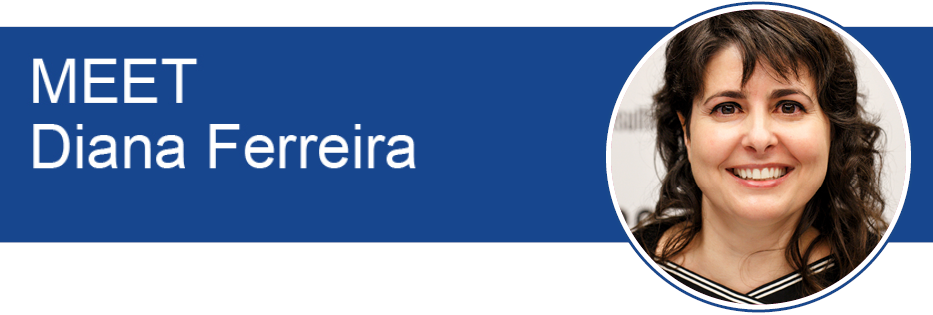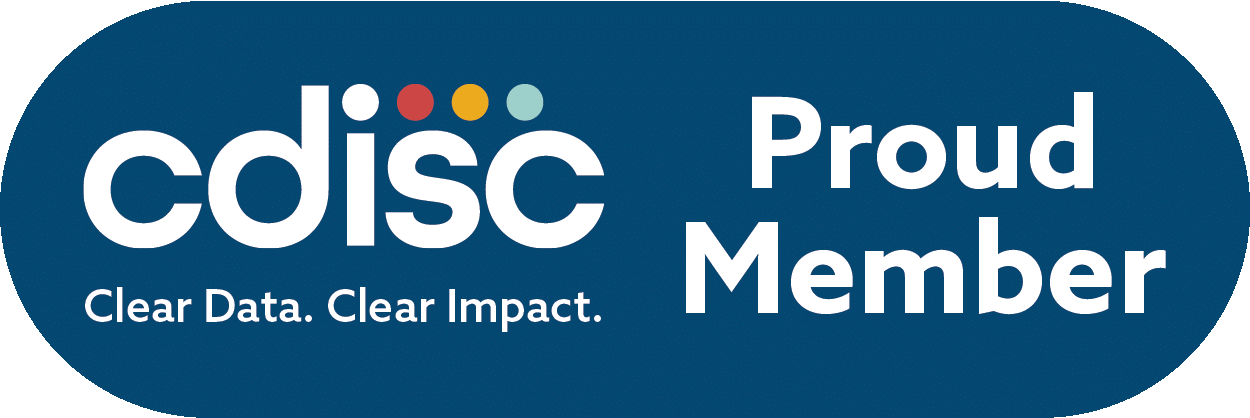
LATEST NEWS
In this newsletter:
- Breaking down SAS merges to simplify derivation
- CDISC Europe Interchange 2022
- Defining a SAS Environment for clinical Programming
- Programming SAS Tips & Tricks
- Meet Diana Ferreira
Breaking down SAS merges to simplify derivation using EPOCH derivation as an example
In this newsletter I would like to talk about a programming technique to combine data which I’ve found particularly useful in certain situations. The technique itself is not complex (it is mainly a different way to approach data merges than you may be used to), but it is very useful to break-up a complex merge into several non-complex steps.
A well-known example of a more complex merge with many imputations and assumptions is the assignment of the ELEMENT in which an adverse event started. This requires Clinical Programmers to combine and compare information from the Adverse Events and Subject Element datasets (e.g., comparing the AESTDTC with the SESTDTC and SEENDTC), often requiring them to make several assumptions and imputations in the programs/macros they generate. For example, which ELEMENT needs to be selected if the adverse event start date can fall in more than one ELEMENT? How are partial dates handled? Etcetera…
Using the assignment of ELEMENTs to Adverse Events as an example, I will illustrate how this programming technique can be used. You will see that the technique is easy to understand and follows a systematic, modular, approach that allows you to easily add/change or rearrange pieces of the derivations.
CDISC Europe Interchange 2022 - 2 abstracts accepted!
The CDISC Europe Interchange will take place 27th–28th April. We were very much looking forward to meeting our friends in person in Denmark, but CDISC recently announced that this event too will be virtual. Either way, we are very happy to announce that OCS Life Sciences will actively participate with two presentations!
We are pleased to announce that OCS Life Sciences will deliver a contribution on the following topics:
- Caro Sluijter: Do It Yourself : Case Report Form (CRF) Annotation
- Louella Schoemacher & Jasmine Kestemont (Innovion) : Maturing standardisation; the switch from spreadsheet-based standards
to an MDR
Defining a SAS Environment for Clinical Programming
SAS is the industry standard for analysing clinical data, but defining a SAS environment which meets the requirements of a life sciences company is a challenge which requires a combination of extensive industry knowledge and significant functional and technical expertise. An area in which OCS consulting has an impressive track record, for which we have recently been recognised by SAS Institute.
A recent project that OCS Consulting executed for an international pharmaceutical company was to define a new SAS environment. This article outlines some of the important considerations and an overview of the work we did for our client.
The project
Our client initiated a project to define a roadmap for the migration of their current SAS 9.4 environment to SAS Viya. The roadmap should address at least hosting, architecture, modernisation, migration impact and user experience.SAS Tips & Tricks
By Ruurd Bennink & Sonakshi Shankar
The numeric informat 8. provides instruction to read the data having a total width of 8 bytes or columns. In an INPUT function, 8. as informat can be used when reading in a character variable with or without embedded decimal values. The number of digits (INFORMATw.d) does not have to be specified when reading a character variable with embedded decimal values.
As an informat, 8.2 reads as well 8 bytes or columns. If the character includes embedded decimal values the same result as informat 8. will be given. Only when the character variable has no embedded decimal values, SAS will insert a decimal point and decimals. SAS assumes the 2 digits should come after the decimal point, so "5" would be converted to 0.05. (See Chapter 1 Introduction to SAS Informats and Formats).
Although this is clearly presented in the SAS documentation above, this result may come as a surprise to many SAS programmers. Certainly when a dataset in which most of the source values have a decimal point and only a few do not. This may occur in a clinical study where a lab dataset with character pH values has just a few values without a decimal point, this will yield unexpected numeric pH values of for example 0.05 or 0.06.
This can easily be avoided by using informat BEST20. or BEST32. in such cases.

My name is Diana Ferreira and I am a Senior Statistical Programmer at OCS Life Sciences. After completing an MSc in Analytical Chemistry, I started my career as a Chemical Data Scientist at Merck KGaA (Darmstadt, Germany) and quickly found out that I much preferred the keyboard to the lab coat. In 2011, I was awarded a PhD in Chemical Data Science (GlaxoSmithKline Scholarship) from the University of Bristol (UK).
Lead by a strong interest in public health, I ventured into the fields of Epidemiology, Metabolomics and Health Data Science at the Medical School of the University of Bristol and also at Imperial College of London. During this time, I authored more than 30 peer-reviewed publications. Most are the result of international collaborations, addressing cancer, cardiometabolic, eating disorders, primary care and women’s health research questions. I also contributed to securing research funds and co-supervised PhD students. Two years ago, I moved to the Netherlands and made a small detour from health to the energy sector where I worked as a Senior Data Scientist developing models to monitor key engineer variables. During my 14 years of research experience, I have been exposed to very different types of data (such as spectroscopy, chromatography, engineering, (bio)chemical, clinical and non-clinical, real-world data, etc.), research questions, as well as four programming languages (Stata, R, MATLAB, and recently SAS).
OCS Life Sciences provided me with the opportunity to return to health sciences, which I very much cherish, and I am excited about leveraging my professional experience in my current position. All OCS colleagues have been nothing short of incredibly welcoming and supporting. I have felt included since day one and I look forward to fruitful collaborations with each and every one of them.




